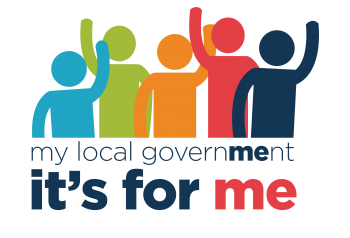
The Toronto Elections Service Counter at City Hall will be closed from December 24, 2025 to January 2, 2026. Election staff will be available to provide email and phone service during the hours of operation. If you have questions related to candidates or third party advertisers, please call 416-395-0025 or email candidateinfo@toronto.ca.

The City of Toronto provides services that have a direct impact on your daily life.
If you would like to become more involved with your local government in non-election years you can start with My Local Government – It’s For Me to help you become more informed, have your say, and serve your city .